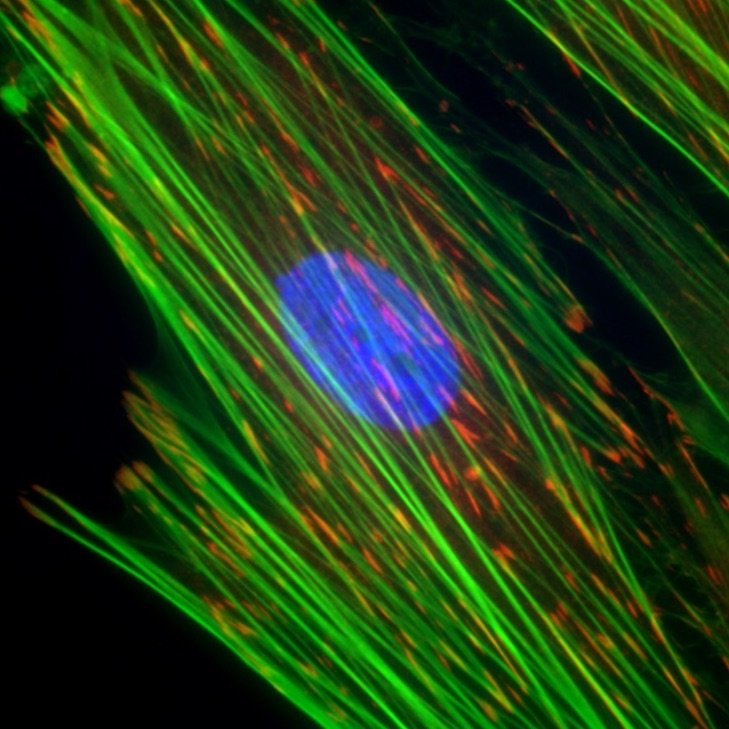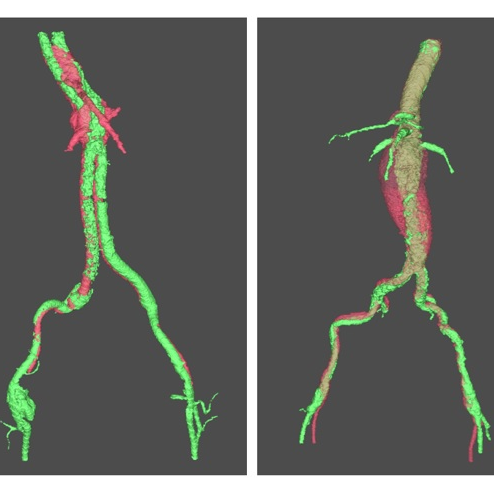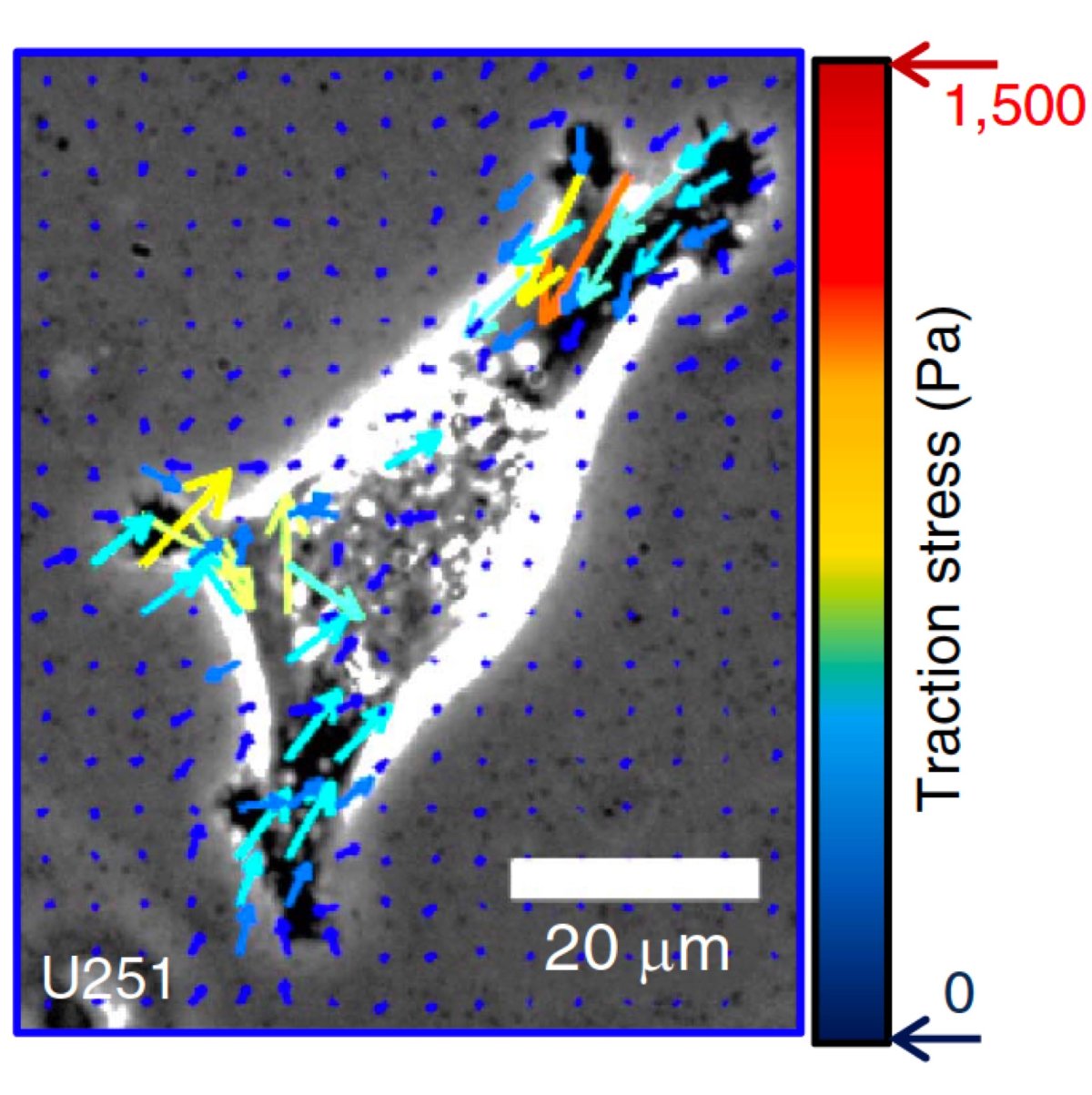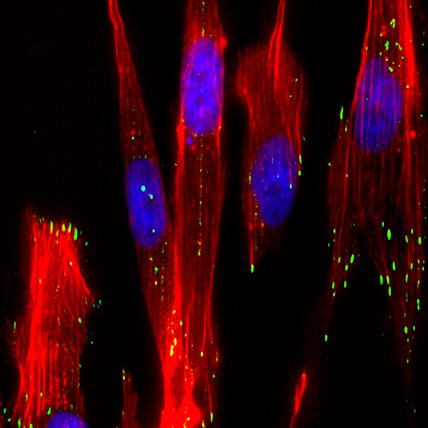Biomechanics

Cellular mechanics and mechanobiology
Many cells in tissues are exposed to dynamic mechanical perturbations, which require constant feedback by those cells to maintain tissue function. The Alford Lab uses novel microfabrication and computational methods to better understand this cellular adaptation in development and disease.

Tissue mechanics, aneurysms, and pain
The Barocas research group explores the relationship between tissue architecture and mechanics using multiscale computational models and mechanical experiments. Currently, they’re researching how aneurysms grow and fail, and how spinal load leads to injury or pain.

How cellular functions go awry
The Odde Lab aims to understand basic cellular functions in the context of diseases such as brain cancer and Alzheimer's. The team develops physics-based models that predict cell behavior, then use computer simulation and live cell imaging to identify potential therapeutic strategies.

Bioengineering cancer therapies
Paolo Provenzano’s lab is developing new ways to combat cancer. Approaches include re-engineering tumor microenvironments to remove tumor-promoting cues, enhancing drug delivery, promoting anti-tumor immune responses, and developing next-generation cell-based therapies.

Living valves for growing bodies
Bob Tranquillo’s laboratory develops biologically engineered “off-the-shelf” vascular grafts, heart valves, and vein valves. They’ve shown the material, produced by skin cells, has the capacity to grow, which may transform the way pediatric congenital heart defects are treated.

Pregnancy and soft tissue biomechanics
Kyoko Yoshida's lab studies how soft tissues grow and remodel to support a healthy pregnancy. They combine experimental and computational methods to uncover how mechanical and hormonal changes interact to drive dramatic tissue changes during pregnancy.